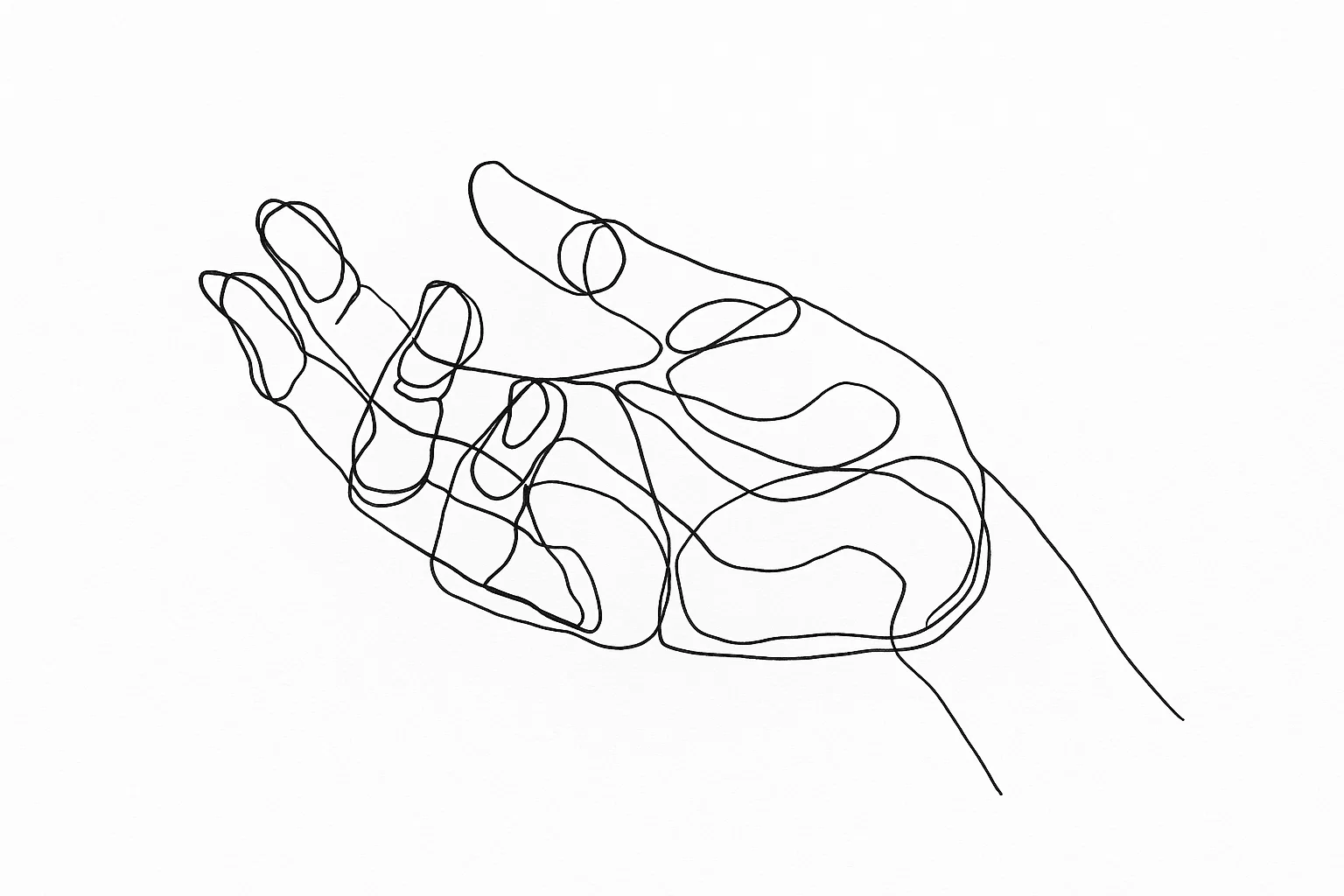See Also:
Rehabilitation Goals
- Manage pain and swelling
- Restore full range of motion and strength
- Promote tissue healing and nerve recovery
- Facilitate return to daily activities and work
- Prevent complications and re-injury
Expected Recovery Time
| Milestone | Timeframe |
|---|---|
| Pain and swelling reduction | 1–2 weeks |
| Return to light activities | 2–4 weeks |
| Return to office/desk work | 2–4 weeks |
| Start strengthening exercises | 4–6 weeks |
| Return to manual labor or sports | 6–12 weeks |
| Full recovery | 3–6 months |
Phase 1: Early Post-op (0–2 weeks)
Goals
- Control pain and swelling
- Protect the surgical site
- Begin gentle hand mobility
Instructions
- Keep your hand elevated as much as possible
- Use cold packs (15–20 minutes, 2–3 times daily) for swelling
- Keep the wound clean and dry
- Follow your surgeon’s advice regarding dressing changes and activity
Exercises
- Finger tendon glides (5 reps, 3–5 times/day)
- Gentle wrist range of motion (flexion/extension only if cleared by your surgeon)
- Shoulder and elbow mobility to prevent stiffness
Phase 2: Intermediate Recovery (2–4 weeks)
Goals
- Restore wrist range of motion
- Begin light functional use of the hand
- Continue controlling swelling
Instructions
- You may begin using your hand for light daily tasks
- Avoid forceful gripping or lifting
- Scar massage may be started once the incision is fully closed
- Continue to monitor for signs of infection or increased pain
Exercises
- Wrist flexion and extension (active ROM, 10 reps, 3 times/day)
- Supination and pronation
- Thumb opposition and finger abduction/adduction
- Nerve gliding exercises as instructed by your physiotherapist
Phase 3: Strengthening and Functional Use (4–8 weeks)
Goals
- Regain strength and coordination
- Resume most daily activities
- Improve endurance
Instructions
- Begin light strengthening as tolerated
- Avoid heavy lifting or repetitive wrist motion until cleared by your provider
- Resume computer use or writing with breaks and ergonomic support
Exercises
- Isometric grip exercises using a soft ball
- Light resistance with putty or therapy bands
- Fine motor tasks (e.g., buttoning, writing)
- Continue previous ROM and nerve glides
Phase 4: Advanced Strengthening and Return to Work (8+ weeks)
Goals
- Achieve full functional recovery
- Return to manual labor, sport, or high-demand tasks
- Prevent recurrence
Instructions
- Follow a graded return-to-work plan if your job involves heavy use of the hands
- Modify workstation ergonomics as needed
- Discuss job-specific tasks with your physiotherapist
Exercises
- Full grip strengthening with therapy putty or hand exercisers
- Weight-bearing through the wrist (e.g., wall push-ups, progressing to floor-based if tolerated)
- Sport-specific or job-related functional training
- Continue maintenance exercises
When to Contact Your Surgeon
Contact your surgeon if you experience:
- Increased redness, swelling, or warmth around the incision
- Fever over 38°C
- Drainage or foul smell from the wound
- Persistent numbness or worsening symptoms
- Difficulty moving the fingers or wrist not improving with therapy
Disclaimer
This is a general guideline. Your physiotherapist or Dr Lambers may adjust the protocol based on your specific condition and progress.
